Leaderboard
Popular Content
Showing content with the highest reputation on 07/04/2025 in all areas
-
6 points
-
A few nice genoformis in the garden. All are 23 years old. They do produce seed but only if I hand pollinate them, which brings me to another question with a different answer as the male pollen was chamaedorea adscendens. And with a discussion about them with Colin Wilson it’s not meant to happen in that boy girl department. The last picture is the offspring from that so called arranged marriage. With some discussion with Mr Wilson it will be established that I shall keep a very close eye on this little palm in question. Time will tell what happens. One seed was ready to pick so it shall be sown and a close eye will be placed on tis one.5 points
-
A few nice seedlings. An original RPS seed order from when I started my nursery again. Slow growing these ones are about 4 years old. Picking up a bit more pace as they have aged. So another repot into 140mm containers should see the start to really get a move on. A nice palm to have in the collection, definitely looking forward to planting them out.5 points
-
5 points
-
The Mexican cotton fan palm pretty easy to ID! Iam sure trump will deport them for not having a visa to migrate to CA. 🤣4 points
-
It appears to be a Chamaedorea woodsoniana. They grow up to 12m tall and vary a lot in stem size. My experience with them is from 3 cm stem diameter which i obtained as Chamaedorea vistae. The giant form has up top a 10cm diameter. The normal form for me is around 5cm diameter. The pinnae to 36 each side of the rachis, Fruit 2x1 cm go from orange to black. However we have had fruit double that size on one stand of teh giant forms and it may be a completely different form./ More work to be done on that form regards Colin4 points
-
In the wild on LHI Howea forsteriana and belmoreana inhabit different areas to each other although they do overlap in places. In general, forsteriana likes the high pH limestone sands and in areas grows very close to the ocean, just like a coconut would in more tropical areas. Howea belmoreana likes the acidic gravelly loams especially along creek lines that often have a higher tree canopy. Going up Mt Gower Howea belmoreana takes over from forsteriana at mid elevations at a guess from about 200m asl. It then progresses and crosses over with Hedyscepe for a bit at about 400m asl then disappears maybe at 500m asl. Hedyscepe continues and gets more emergent as you progress to the summit at 875m asl. How that would relate to cultivation for Howea bemoreana is that it does like some protection at least in part shade. There are some on LHI that are at near sea level and in full sun but they are usually still near creeks with acidic gravels and the tree canopy has probably been cleared anyway like near Soldiers creek. Howea forsteriana still likes shady rainforest areas, but its ability to handle sandy high pH soils in more open areas may make it easier in cultivation in hotter climates like Southern California especially where the soil is high in pH.4 points
-
First picture is the front area with a Adonia merrillii and a bentickia nicobarica planted in 2023 2nd picture are 2 coconuts the biggest one planted in 2015 and the smaller one grown from seed from hurricane irma in 2017 3rd picture is a small dypsis decaryi 4th picture is "palm row" with a bottle palm spindle palm and a foxtail all planted in 2013 5th picture is a robelini and the back part of palm row 6th picture is a robelini planted in 1997 with a spindle planted in 2012 7th picture is the side with a coconut and Chinese fan palm both planted in 2012 with a satakenita planted in 2024 to replace a huge Sylvester palm killed from hurricane ian The last 2 pictures are the patio with some butias sabals , licuala grandis and some king palms all ready for whatever I come up with next lol.3 points
-
3 points
-
3 points
-
3 points
-
I bought some of these about 8 years ago in 5 gallon pots from Kevin Weaver in California. I planted two in a part of the yard that briefly stands in water whenever it rains a lot or is irrigated and they have taken off. At first it didn’t look like the lanuginosa I had seen in Australian botanical gardens, I figured it was probably just a form of rigida, but the infructescence is definitely wooly and the seeds are pretty large. Two years ago one of the plants fruited but the seeds were smaller and not viable. This time most seeds look good (the other plant flowered for the first time this year). Any Livistona experts care to chime in?2 points
-
2 points
-
2 points
-
Yes sari palm. I did have one that was 20 years old and it was about 8 feet high with a trunk of about 5 feet.2 points
-
2 points
-
Hold in, I will post pictures of the foliage later today! @tim_brissy_13 your plant looks really very similar to mine, only the latter has more trashed fronds. Not only that many leaflets get torn off the rachis due to strong gusts, occasionally fronds break to half. As for the lighter green color of the quasi crownshaft, it may be that I had removed dry leaf bases just before those pictures. With exposure to sun light green parts of the palms usually obtain a darker color with time.2 points
-
Livistona lanuginosa has large seeds, and those in the photo are large seeds, and from the photo of the plant I would say yes to Livistona lanuginosa2 points
-
Thanks harry is amazing to see how nice and welcoming everyone is on this forum!2 points
-
2 points
-
2 points
-
C woodsoniana does look closest out of everything suggested but it’s just so different to mine. Mine cops too much sun and winds too but is a much darker green. Could be nutritional but even the crownshaft colour is just very different. Mine is a male so hard to compare the inflorescences but structurally they are held in a similar way. On balance I’d say you’re probably right, I can’t think of anything else that fits.2 points
-
2 points
-
2 points
-
1 point
-
Tony, is this a shot of your brazoriensis or minor? I don't think that variable fruit size is an indicator of hybridization but I could be wrong. I think the fruits and seeds are similar to whatever the mother palm is in a hybrid. What do you think @Scott W?1 point
-
1 point
-
1 point
-
1 point
-
Yes they look so small when they're 1-5g's. Couldn't wait til they get some size. The first pic is scary what I have out there that you can't see in the photo in just that strip of the parkway. So what you can see is prestoniana, lutescens, k. Oliviformis, roystonea regia, Archontophoenix myloensis, kentia, allagoptera caudescens, and unknown hybrid. I want to say it's a pembana x triangle or with madagascarensis or cabadae. Who knows but its a fast one for sure. So what also have out there that can't be seen is, Pritchardia Hillebrandii, P. Perlmanii, Chambeyronia watermelon, Chamaerops Cerifera, Cocothrinax Fragrans, C. Barbadensis, C. Argentea, C. Miraguama, C. Proctorii, C. Spissa, Chrysalidocarpus Cabadae, Pembana, Mahajanga, Saintlucei, Plumosa, Carlsmithii, Ravanea Glauca, Krociana, Xerophillia, Veitchia Hybrid, Burretiokentia Hapala, Gaussia Maya, Attenuata, Pseudophoenix sargentii, Jubaeopsis Caffra, Beccariophoenix Alfredii. Too many i know and I figure I'll be dead by the time there is a problem with these and some are on smaller size like seedlings some are larger. Second Pic is left Veitchia Arecina and Variegated FoxyLady on right Third Pic is Chrysalidocarpus Madagascariensis in front right of pond. It does look like a BBQ pit or a jacuzzi 🤣1 point
-
Oooooooh. I'd be interested in seeds if any are available when they're ready.1 point
-
1 point
-
Another Dypsis to be on the lookout for! Actually any of these Dypsis would be a treasure to have in the garden. Like Chamaedorea , there are so many varieties . Harry1 point
-
I hope the resulting plant will have the traits of the female Genoformis although the male pollinator plant would be nice too. The little one shown seems to have a broader leaf. So all your Chamaedorea Genoformis are female? Harry1 point
-
It’s a miracle hallelujah! Colin was notified lucky escape too his yacht was in dry dock! 🤣1 point
-
1 point
-
I have both multi and single trunk specimen. I like them either way. That is a nice one that you have. Harry1 point
-
Ok I think it probably is C woodsoniana. One thing that threw me with the photos was what looked to be grouped leaflets whereas I thought C woodsoniana was regularly spaced. Looking closely at mine, each frond has a few grouped leaflets about mid way along the petiole. Not sure if this is a diagnostic feature, but it must be possible for C woodsoniana.1 point
-
I tried to separate some once and killed them. Then again I think I've killed everything I've ever tried to separate. Pygmies, L. Chineseis, C. Elegans, and Kentias.1 point
-
Beautiful iam glad I booked my ticket for the tour. Great tour guide, very informative a wonderful experience I will definitely book another tour soon!1 point
-
yes. the other side is that it was nice to take a half-hour swim today. but it really stormed afterwards and rained again later. good thing there are storm warnings everywhere and in this bathing facility (now free for everyone) too. the air was around 27 degrees celsius while swimming, so the station there was pleasant but very humid. according to security, some people have already drowned around the lake this year, more than in other years until July 3rd. it's amazing when you look at your latitude that there are even hammerhead sharks and sand tiger sharks, and leather back turtles. although i still think you have a very mild, balanced climate all year round when i see your statistics. i'd like that too. you have and had a very good, balanced climate in the past and not damp and rather cool with lots of rain as many people thought and think. although rain is exactly good. when i see photos of all the exotic species that thrive, i can only congratulate and rejoice, fantastic.1 point
-
Loving life is a blessing not an addiction. Your garden looks fantastic, love the mix of heights and colors, and the overall diversity of plants. It’s nice to see people taking advantage of all the outdoor space they have even if it’s not massive. My front yard would be a jungle too if only I was allowed to (hoa 🙄).1 point
-
Heck yeah!!! That's around the time I started getting serious about my landscaping redo, and it was hard to see the vision when they were small dudes... but it's totally worth the wait. I also love all the COLOR you're mixing in, and the layering was well-planned out. Great job! I recognize most of them, but can you confirm ID on the following palms? Photo #1 - Palms on far left & far right. Photo #2 - Both of the taller palms Photo #3 - Large Palm to the right/front of the BBQ.1 point
-
1 point
-
Curse those chain stores taking all the money from small nurseries. Most of the exotics I collect are mail order and arrive in perfect condition.1 point
-
1 point
-
The sea temp near to London in the Thames estuary is up to 20.3c/68.7f whilst the water temperature in Hampstead heaths various pounds/lakes ranges from 22c-24c/71.6f-75.2f. The pond in the gardens water surface temp is getting up into the low 80s at the moment towards the end of the afternoon.1 point
-
1 point
-
About 25 years ago one of the big box stores was having a sale on “King Palms” so I bought a single and a double . When planting , I realized that they looked slightly different, the single had darker green coloring and a silvery underside to the fronds. They were very small so there were no indications other than color. I looked it up in my palm book and found that the darker single was an Alexandrea . As they got older it became more obvious . The slender trunks of the A. Cunninghamiana as well as more drooping lighter green foliage versus the larger bottle shaped trunk and darker , larger and more upright foliage. There are other varieties as well in this genus. Common names are not always a good indication of what a palm actually is . Harry1 point
-
I collected some Mexican Fan Palm seeds in Phoenix Arizona last year. I was not expecting much but I put them in some soil and waited for anything. They sprouted sure enough and here is my biggest one. I have been growing this palm since January of this year. It is now almost a year old and the leaves are starting to become jagged.1 point



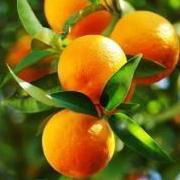
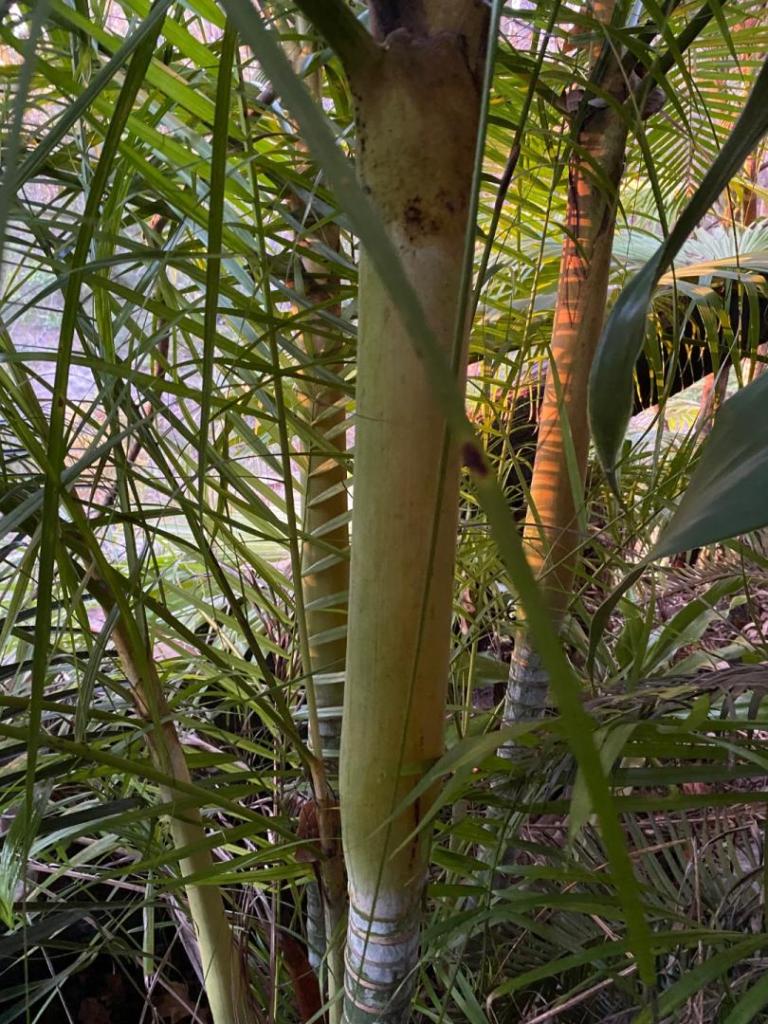




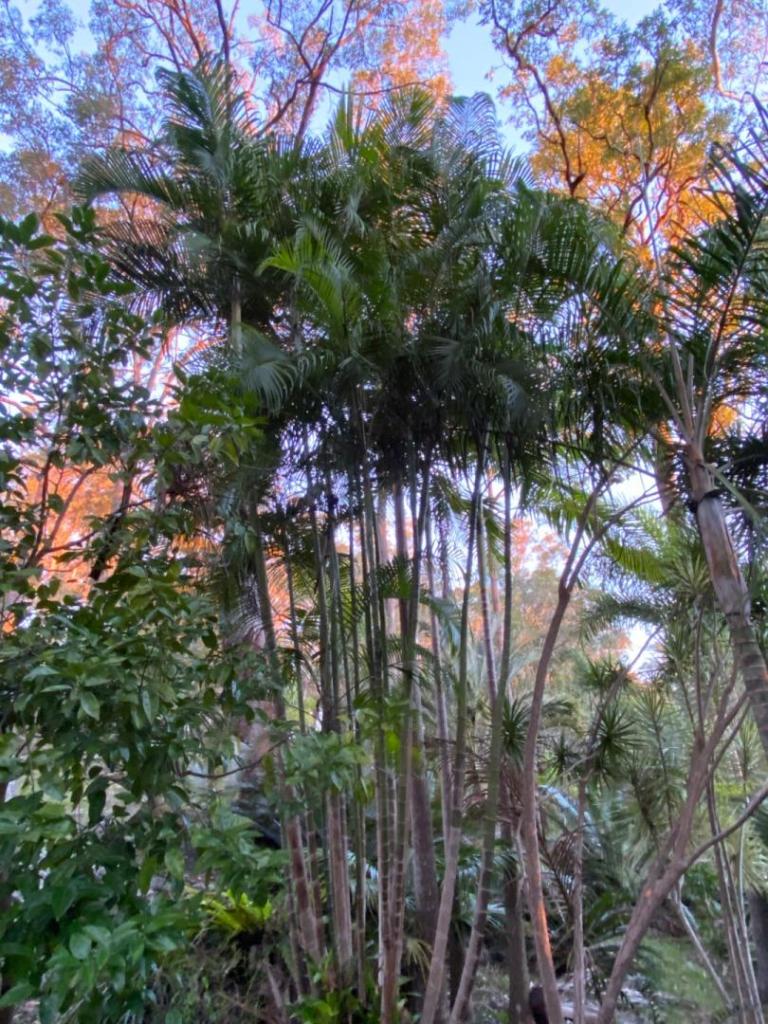
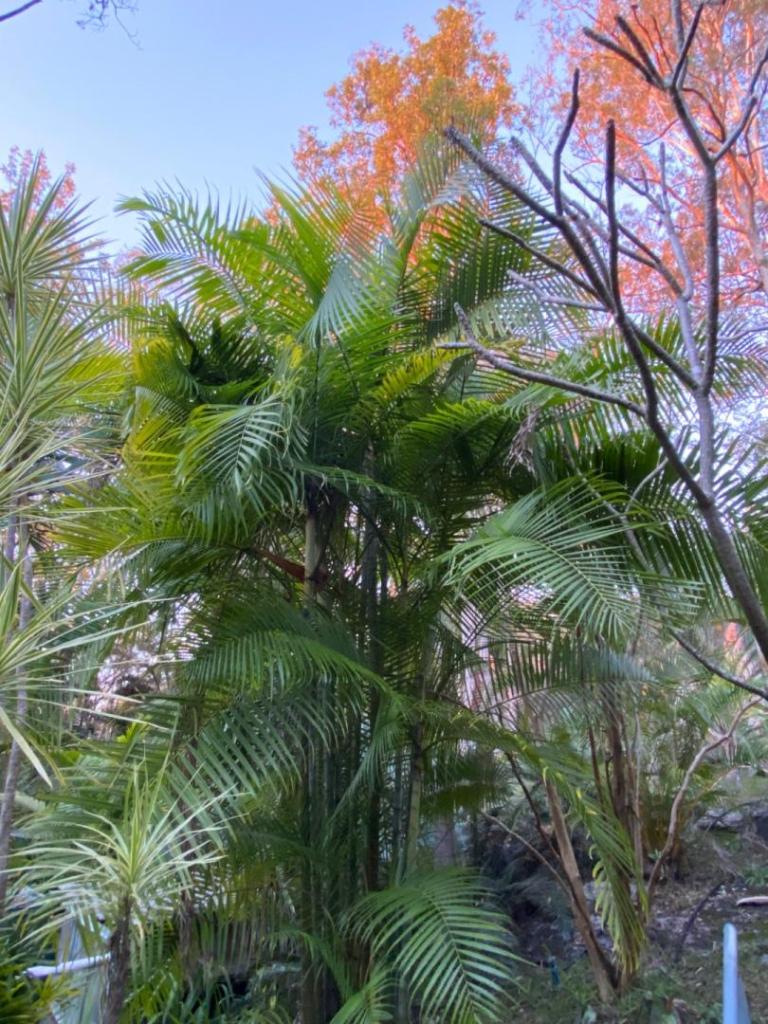
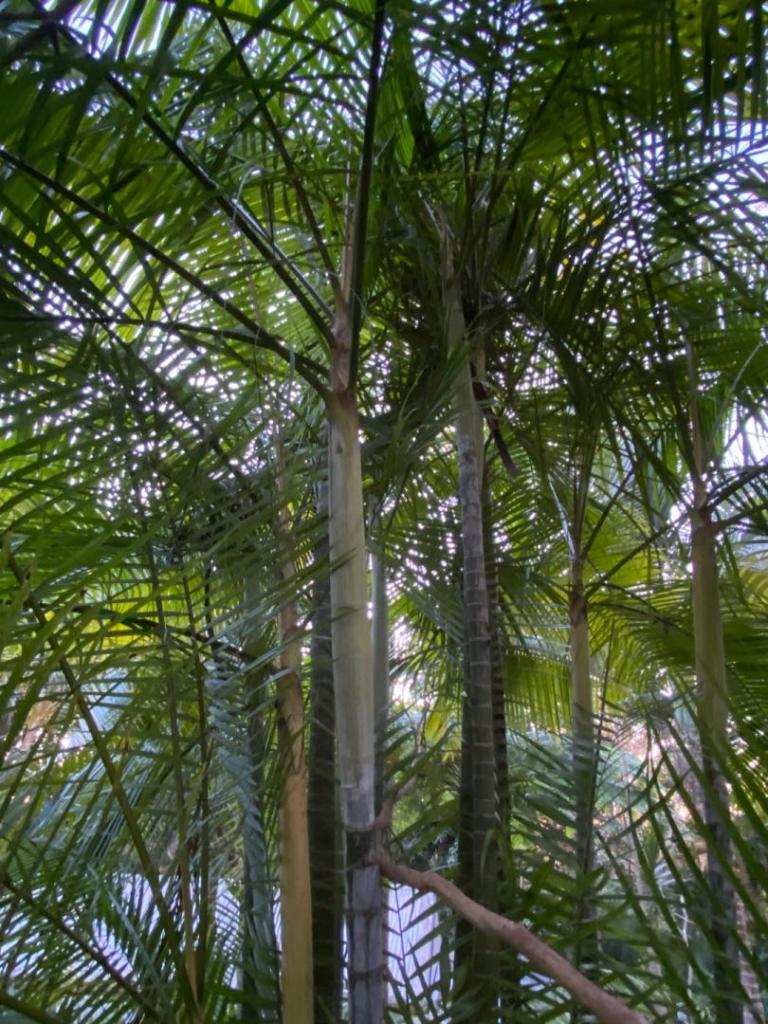
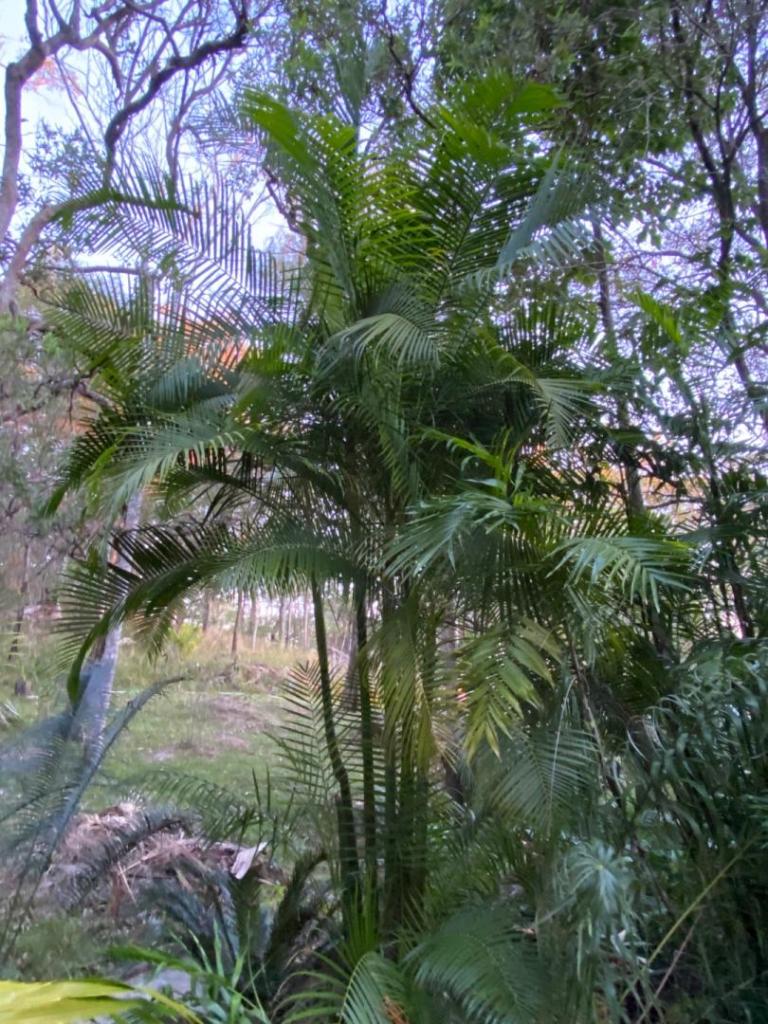
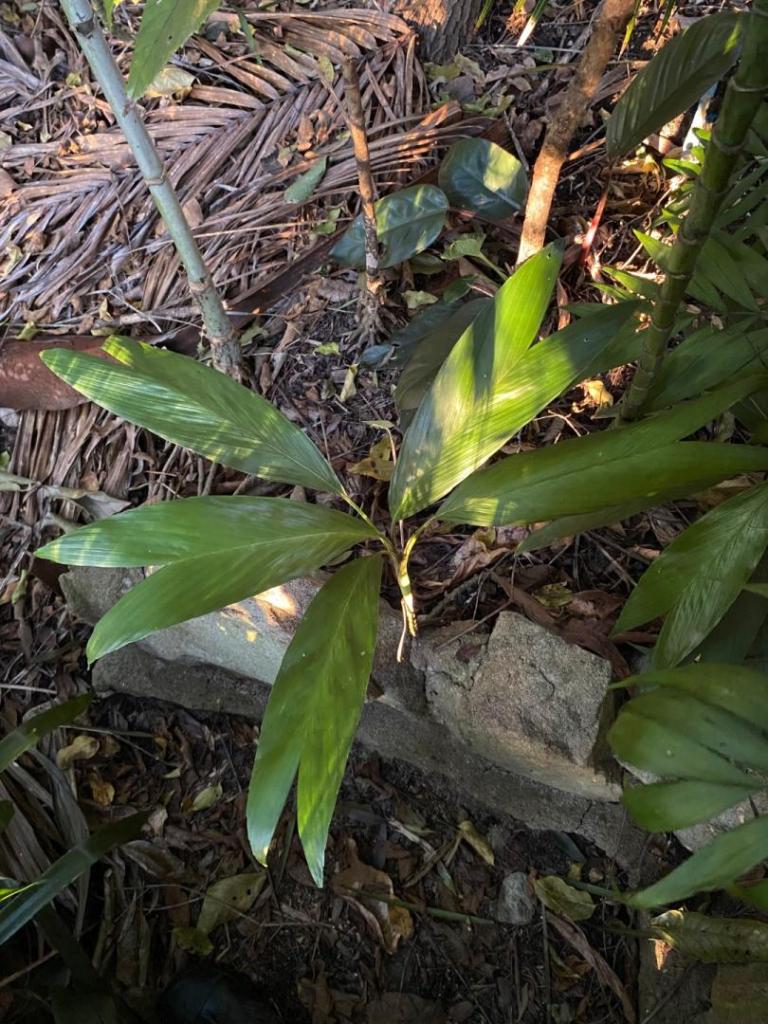

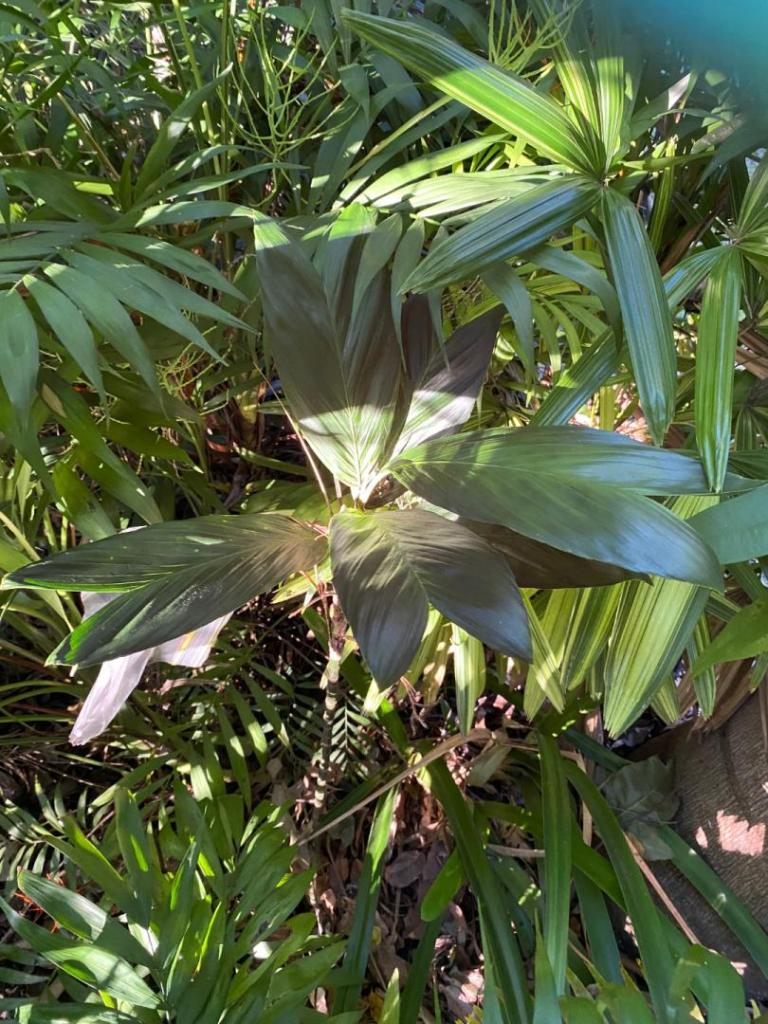

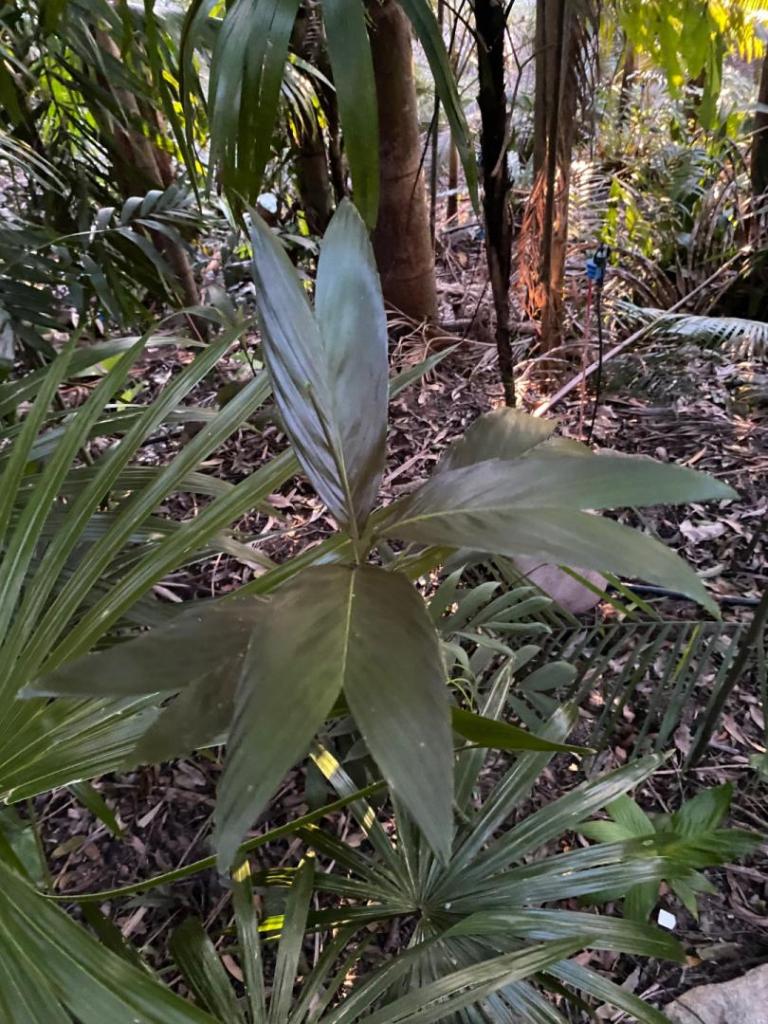
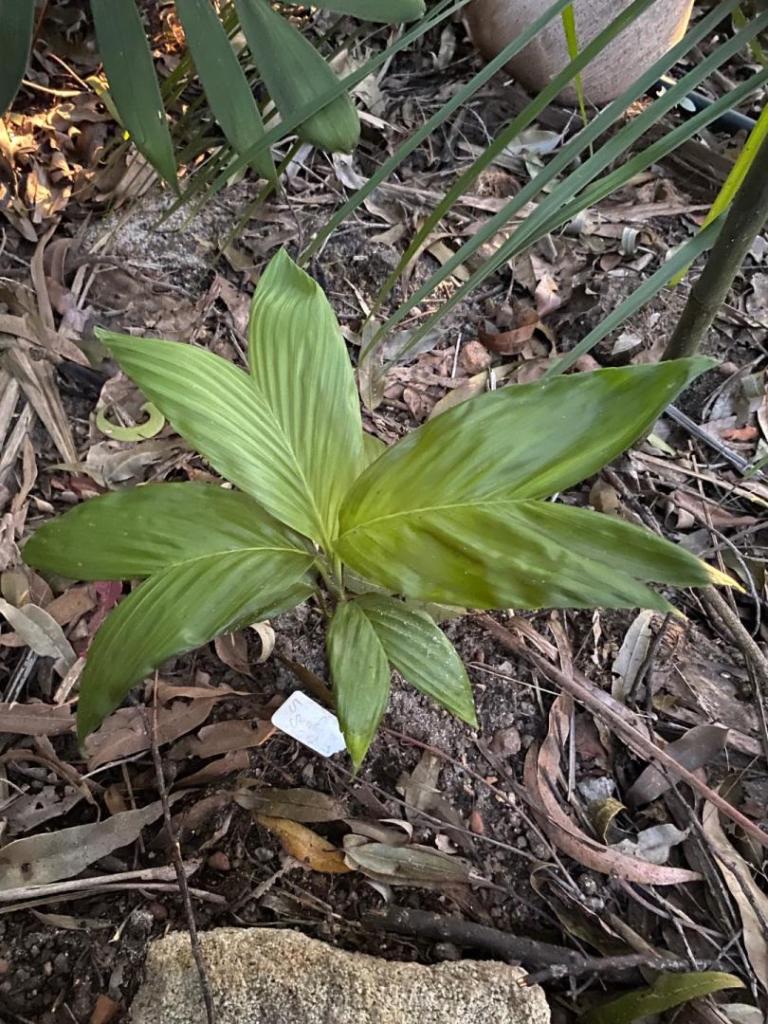
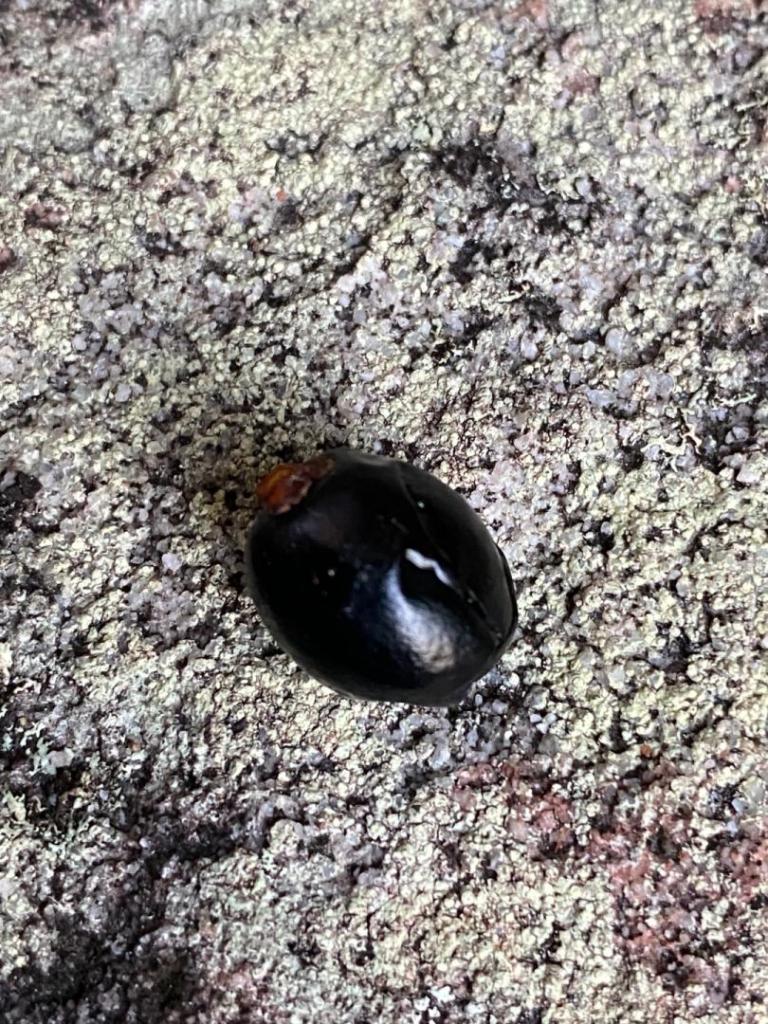





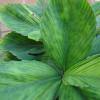


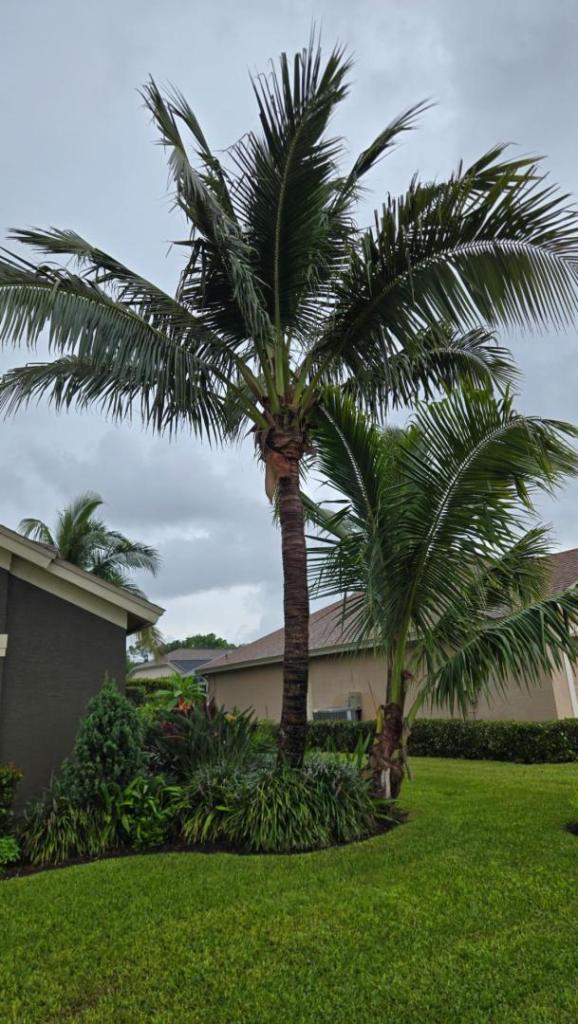


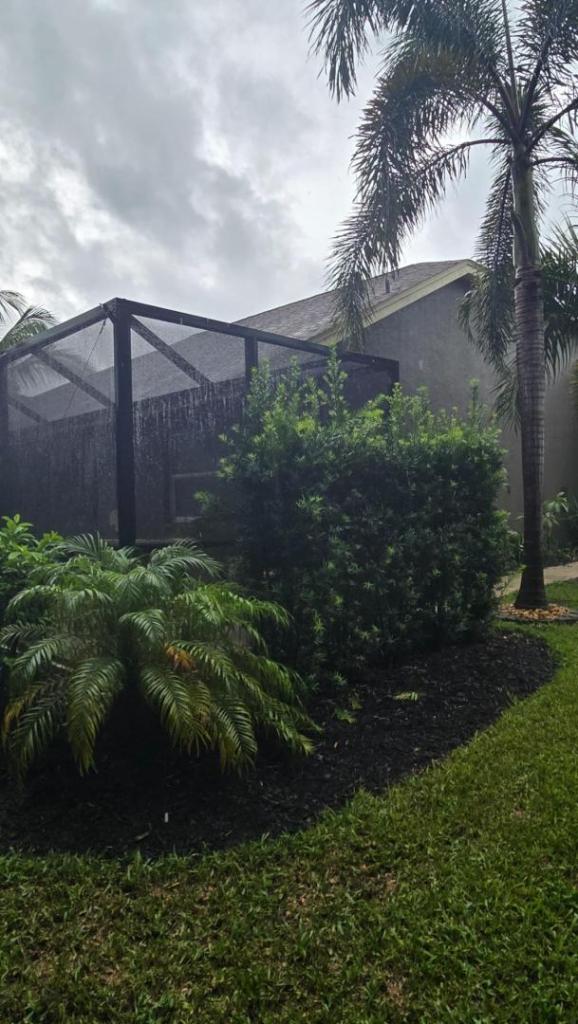

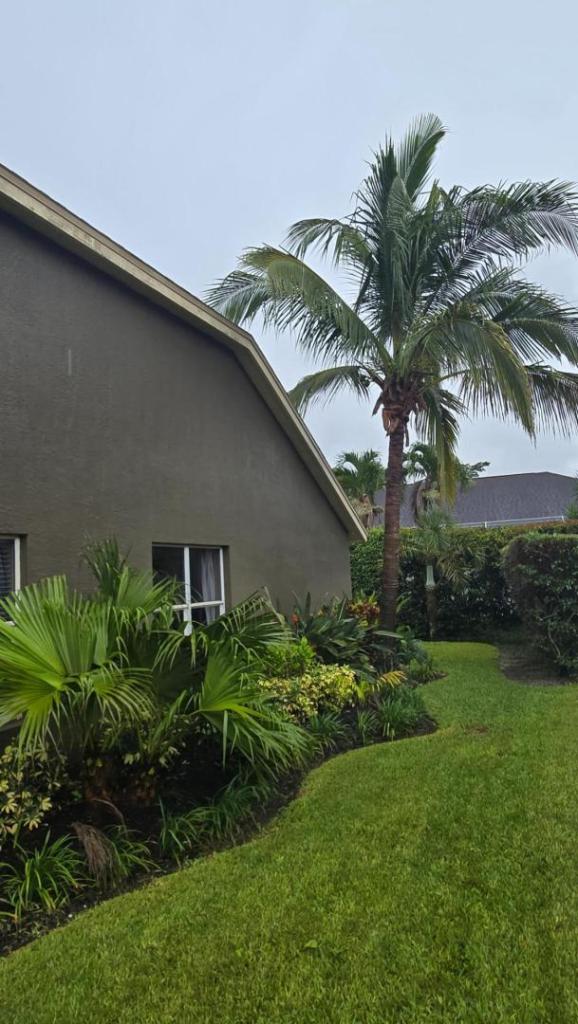

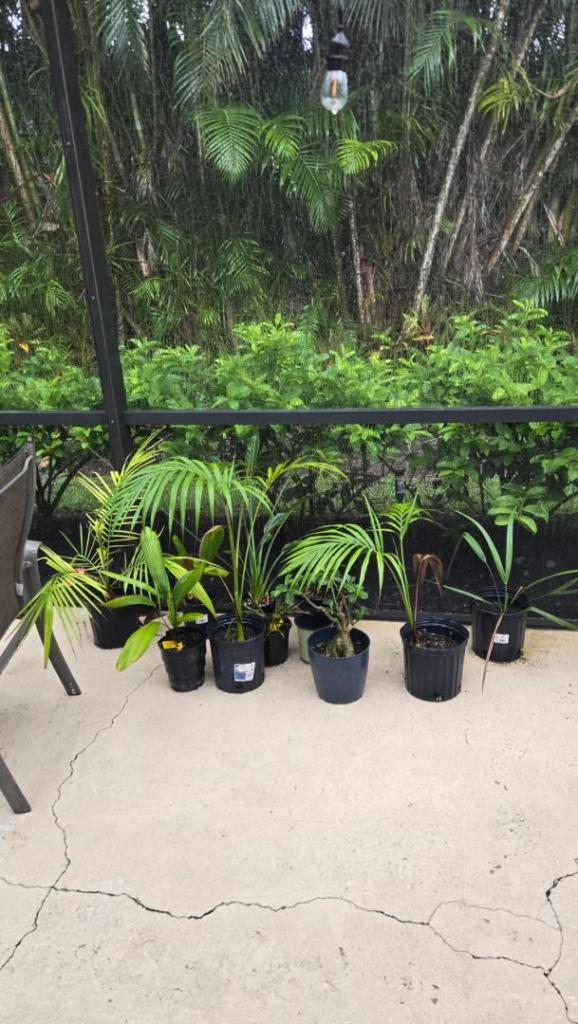

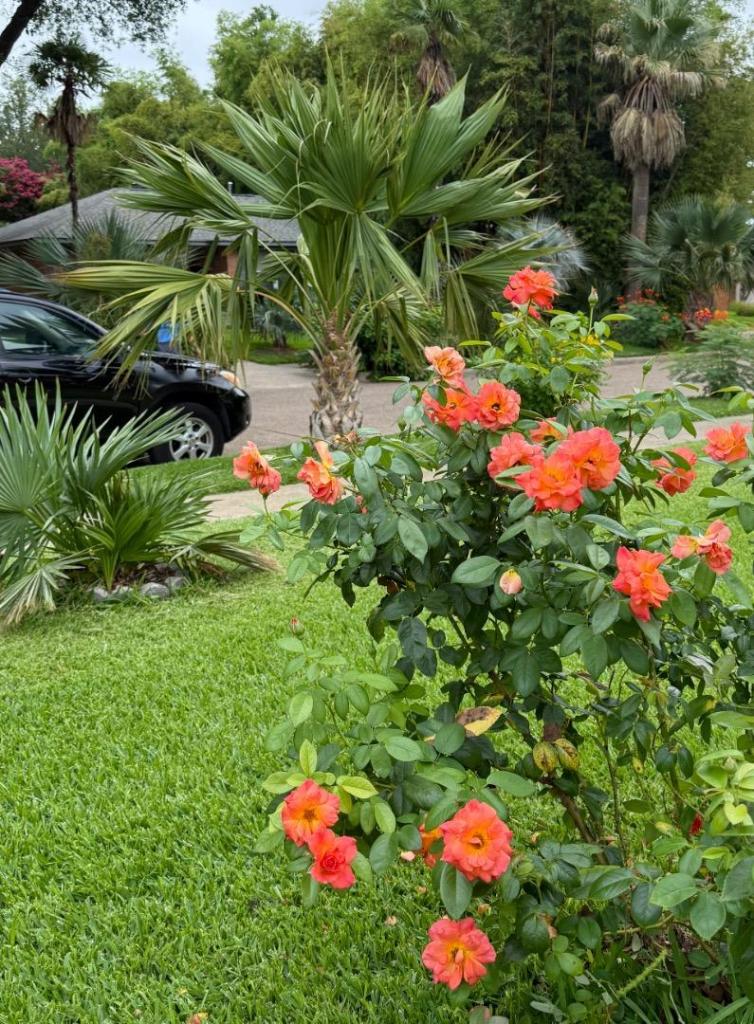




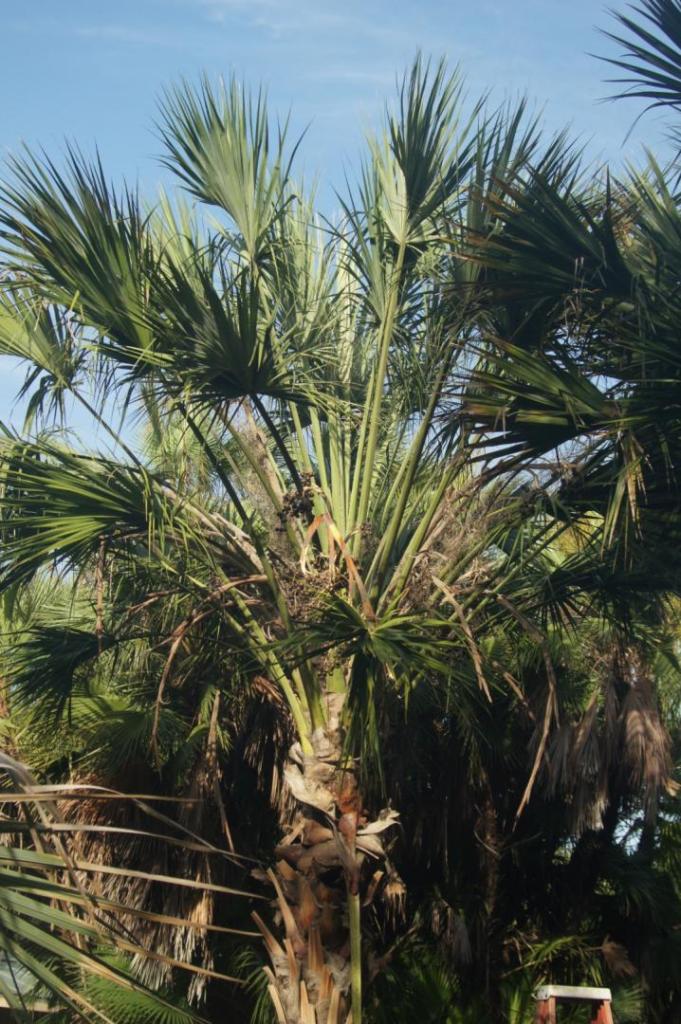


.thumb.jpg.1a7e1dfdff8ffa26d19bd77c999e6890.jpg)
.thumb.jpg.589336ba9ae70b6ddc13e0aa250aeaad.jpg)
.thumb.jpg.e907e71928b2869831aab4b5ee113269.jpg)

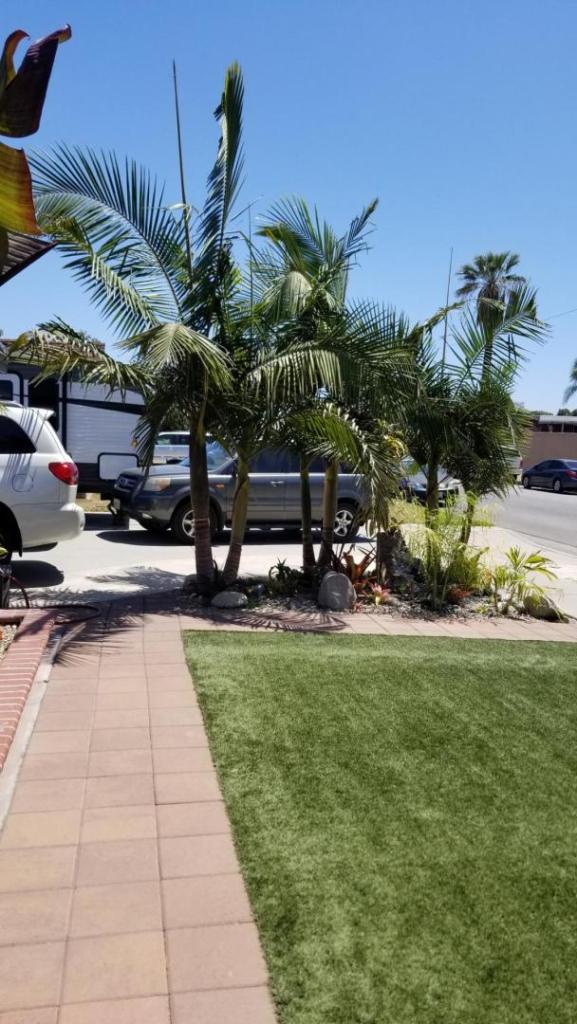















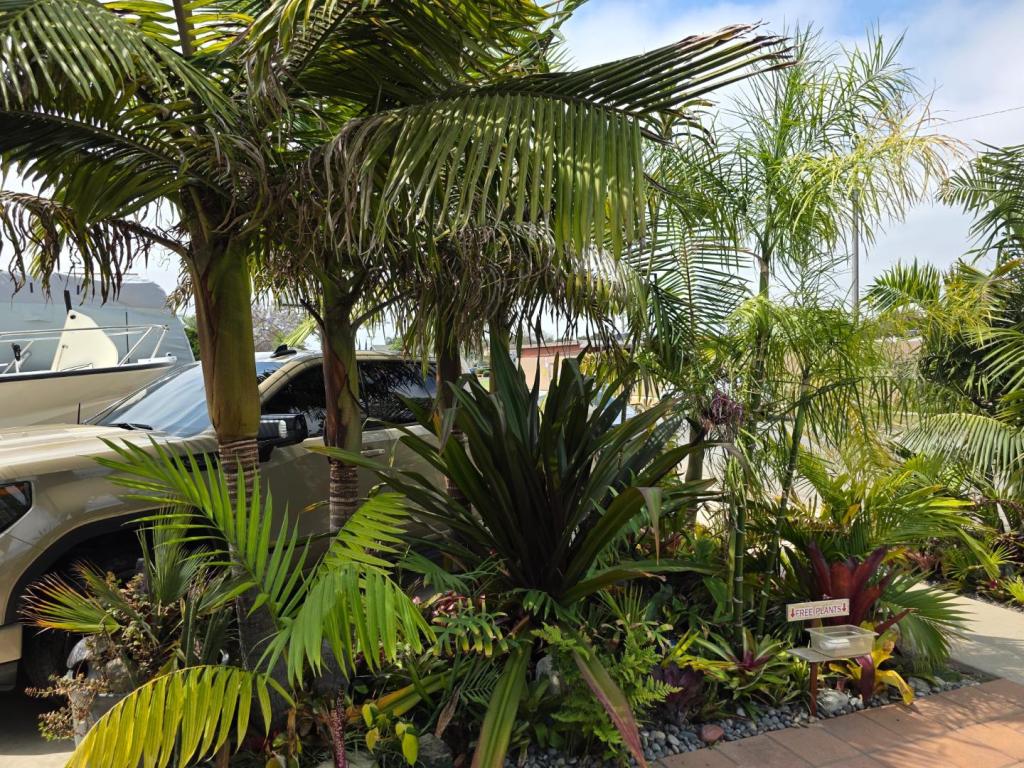

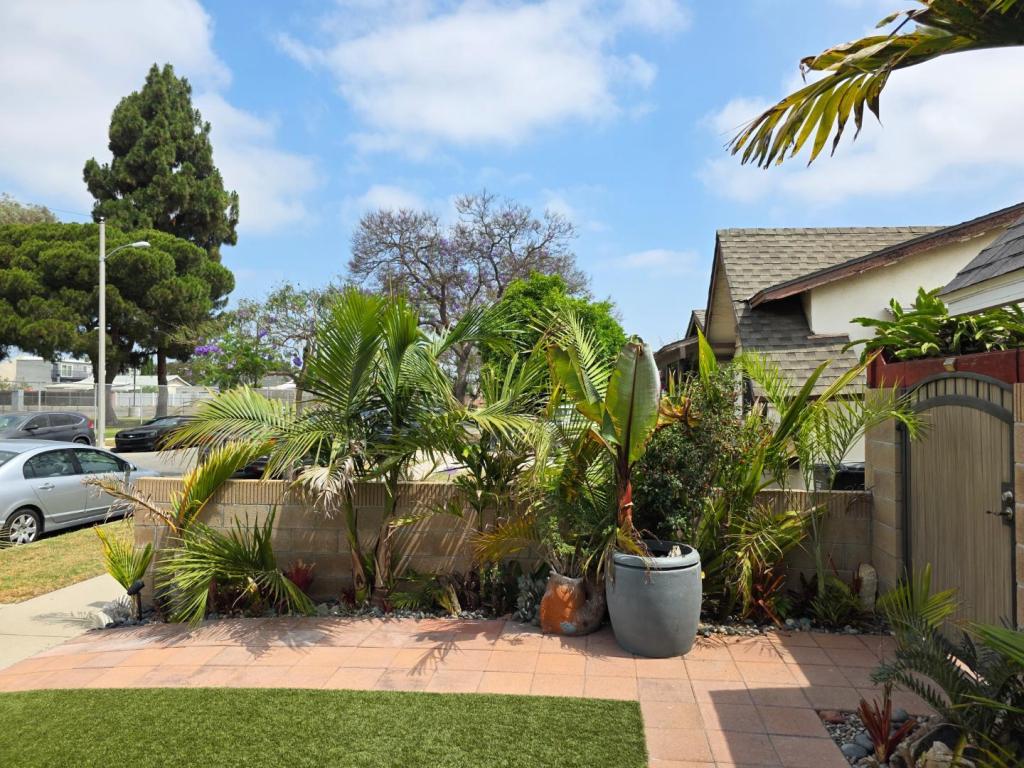
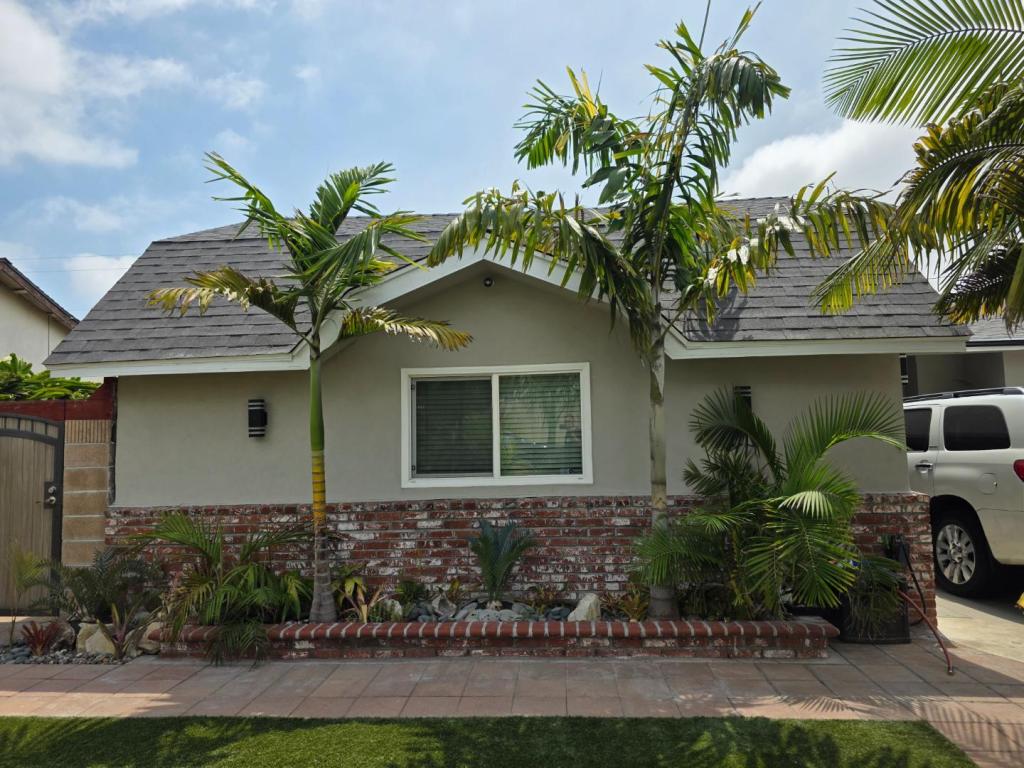



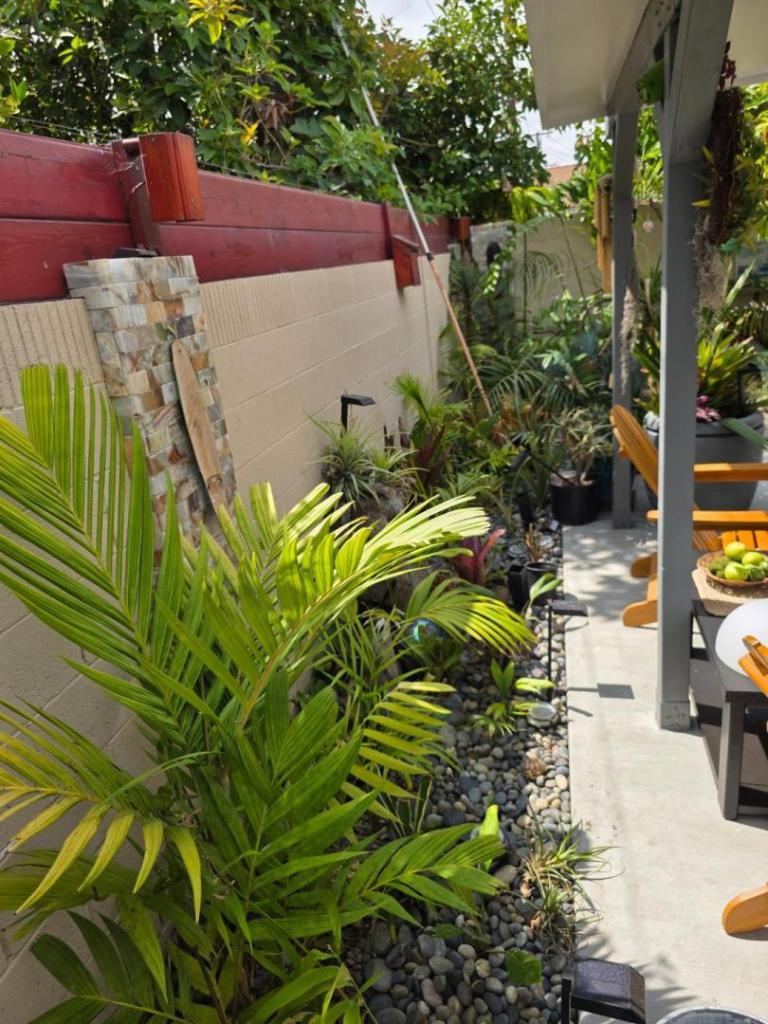


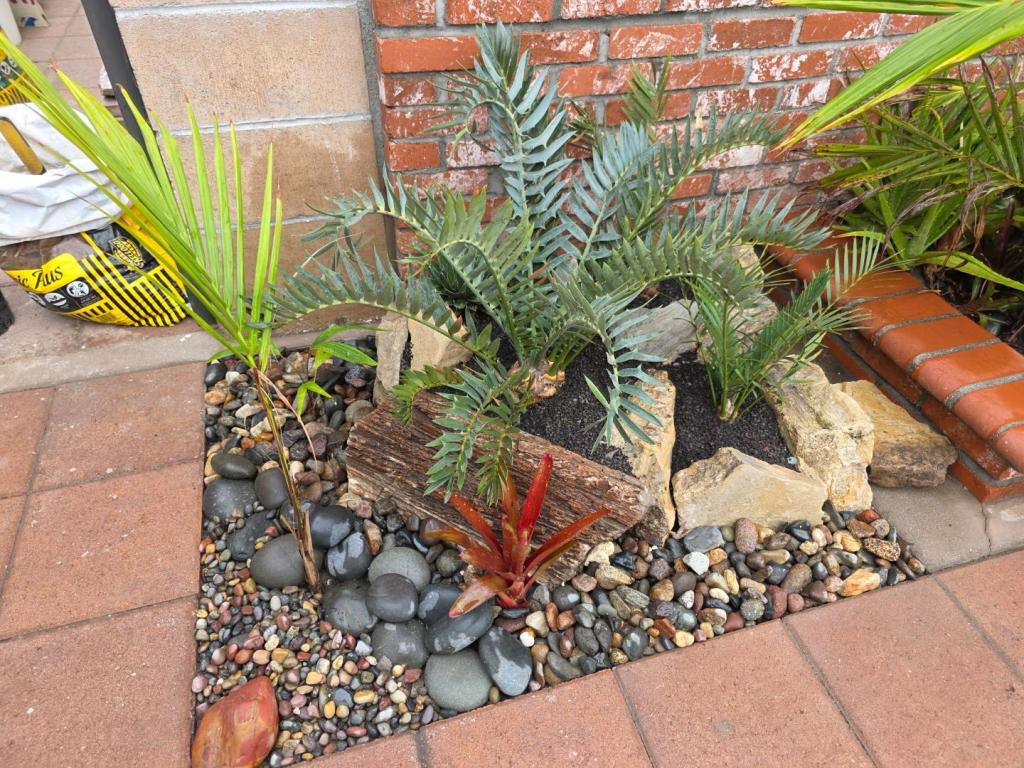


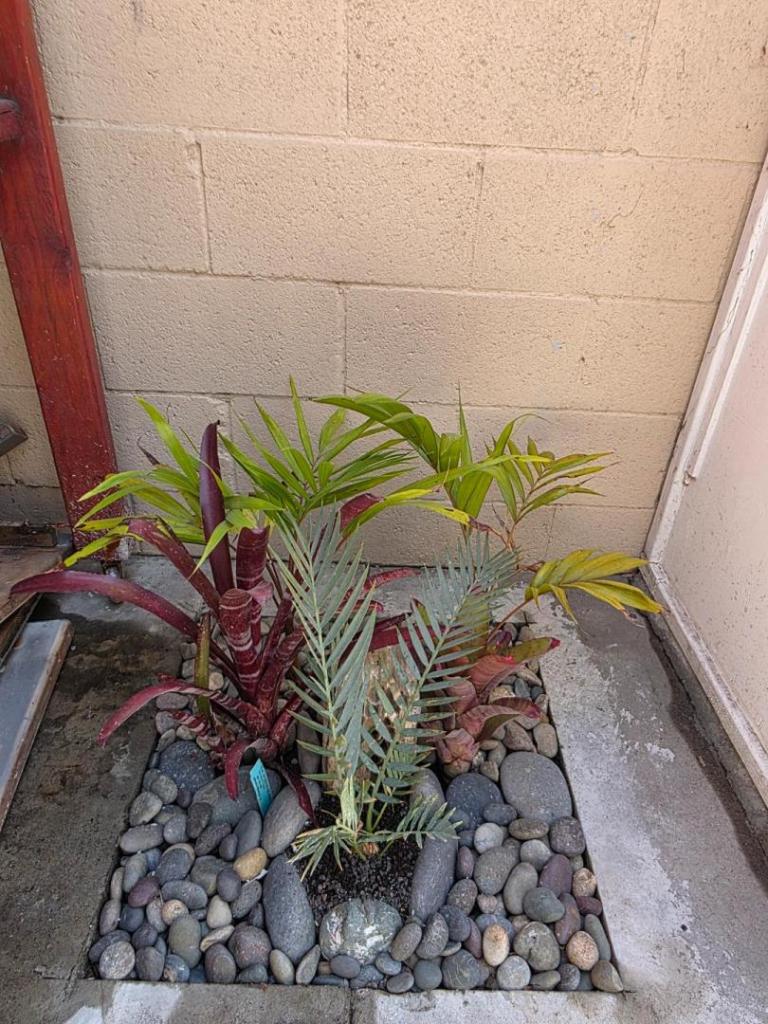
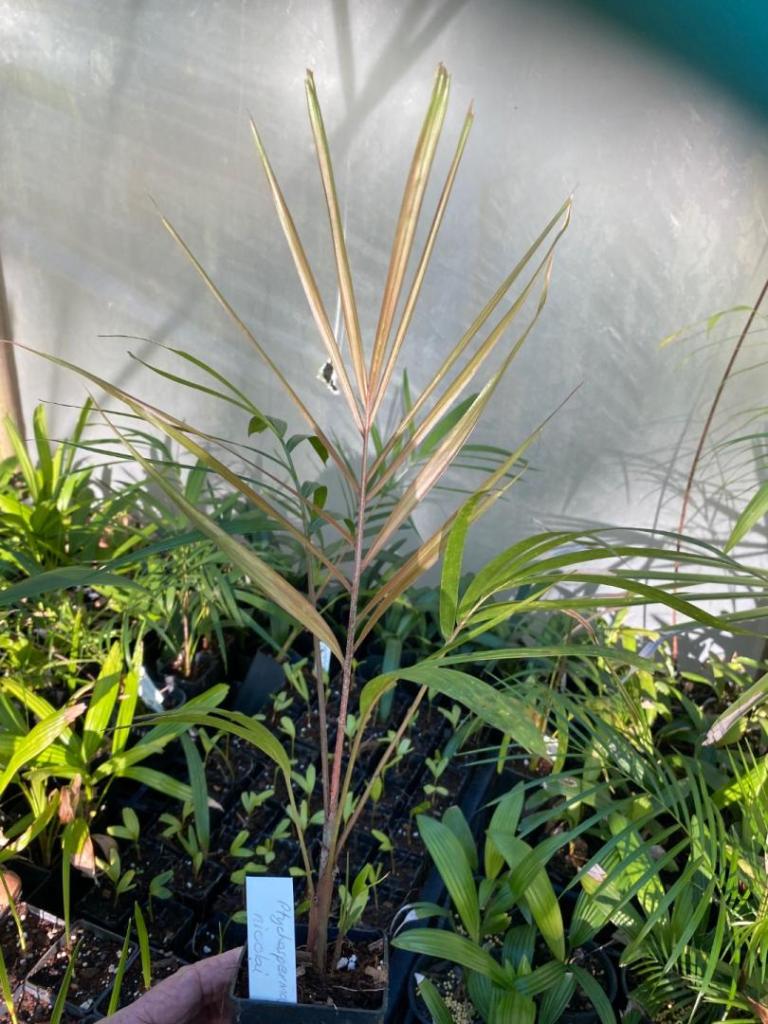




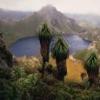




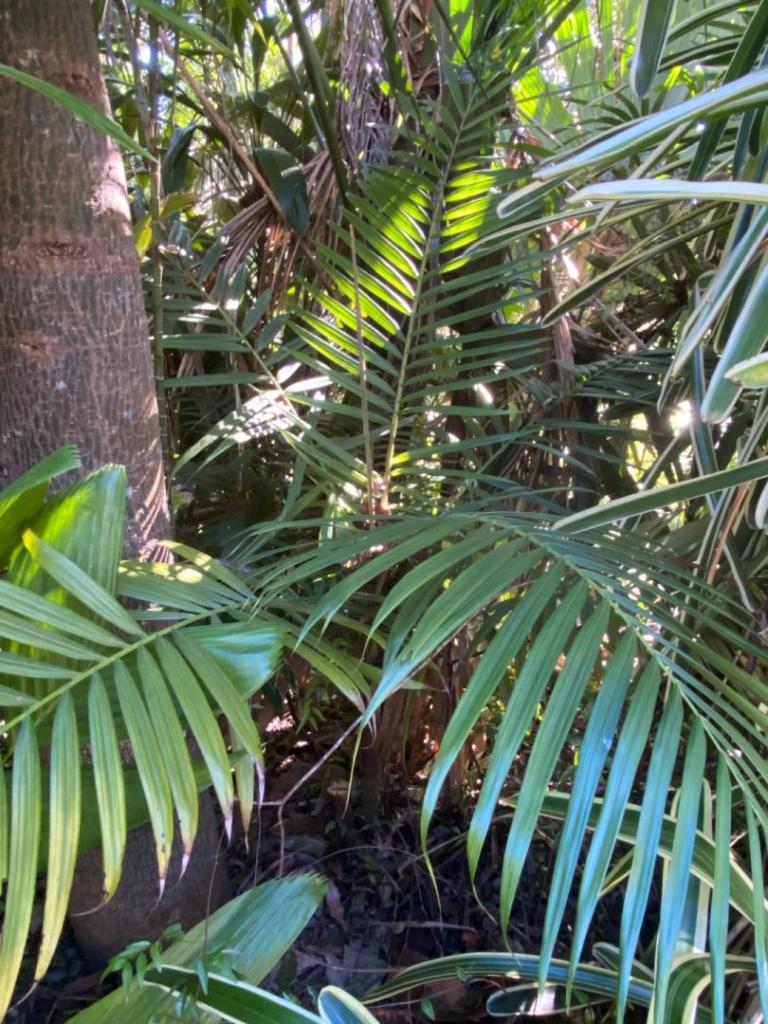

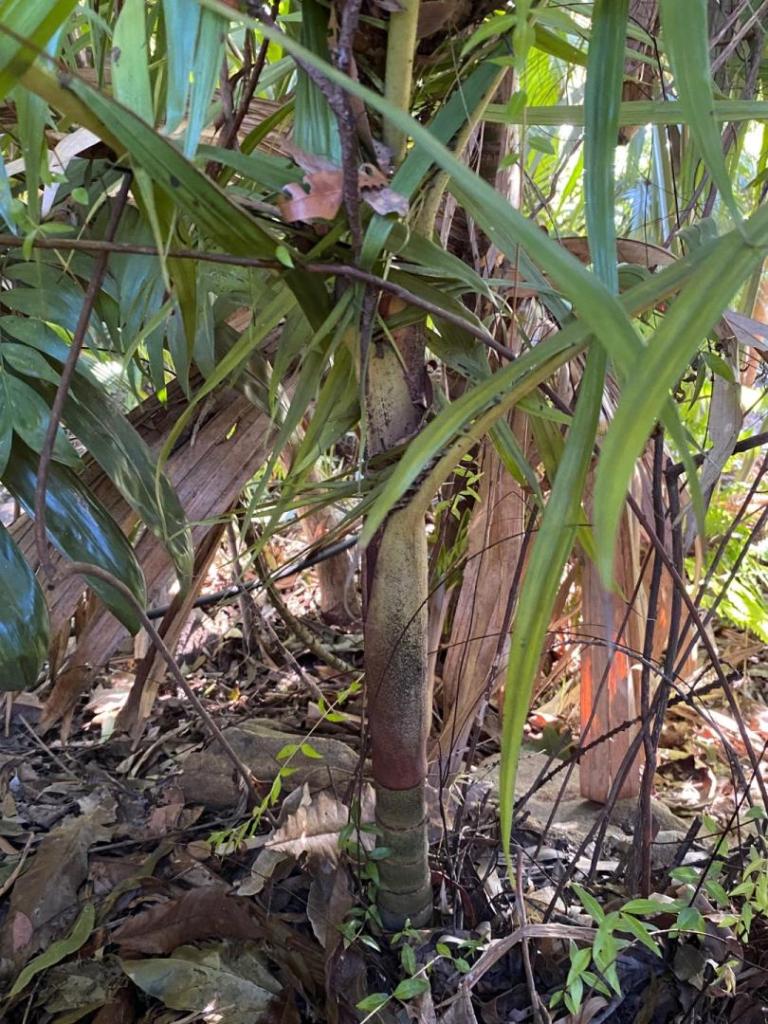



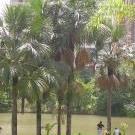
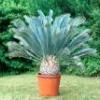







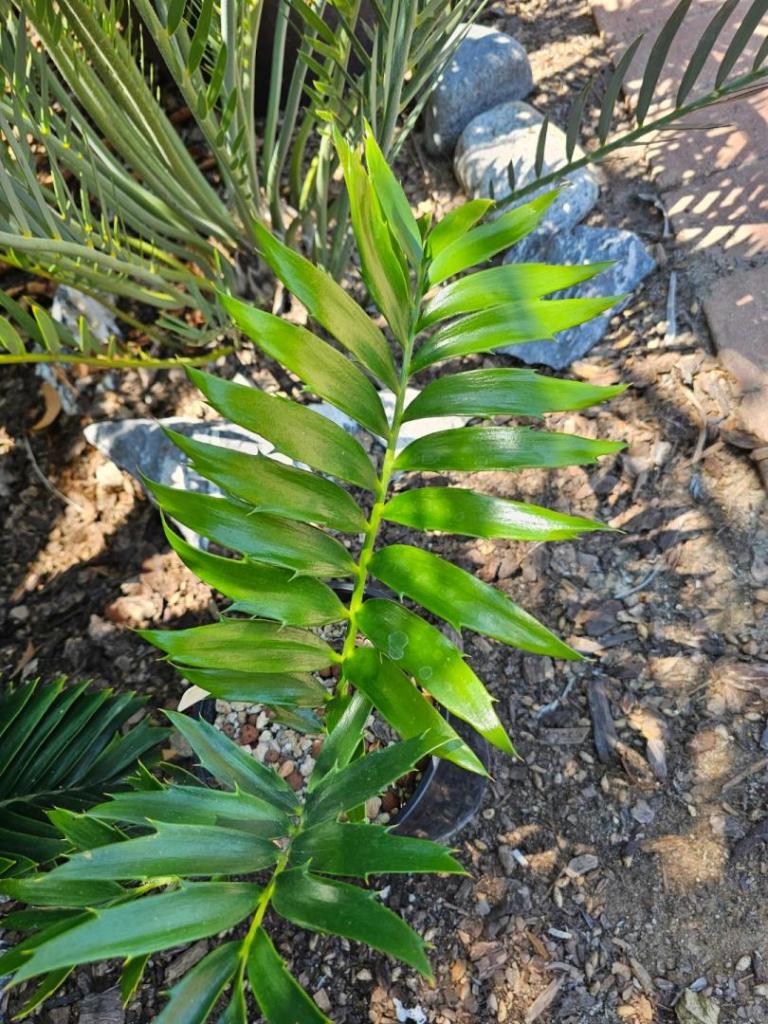


.thumb.jpg.e9dc59e4444e03e72cd42514dd4a517f.jpg)
.thumb.jpg.4c037a87bb800fbee71ede3cc6b3a5c9.jpg)
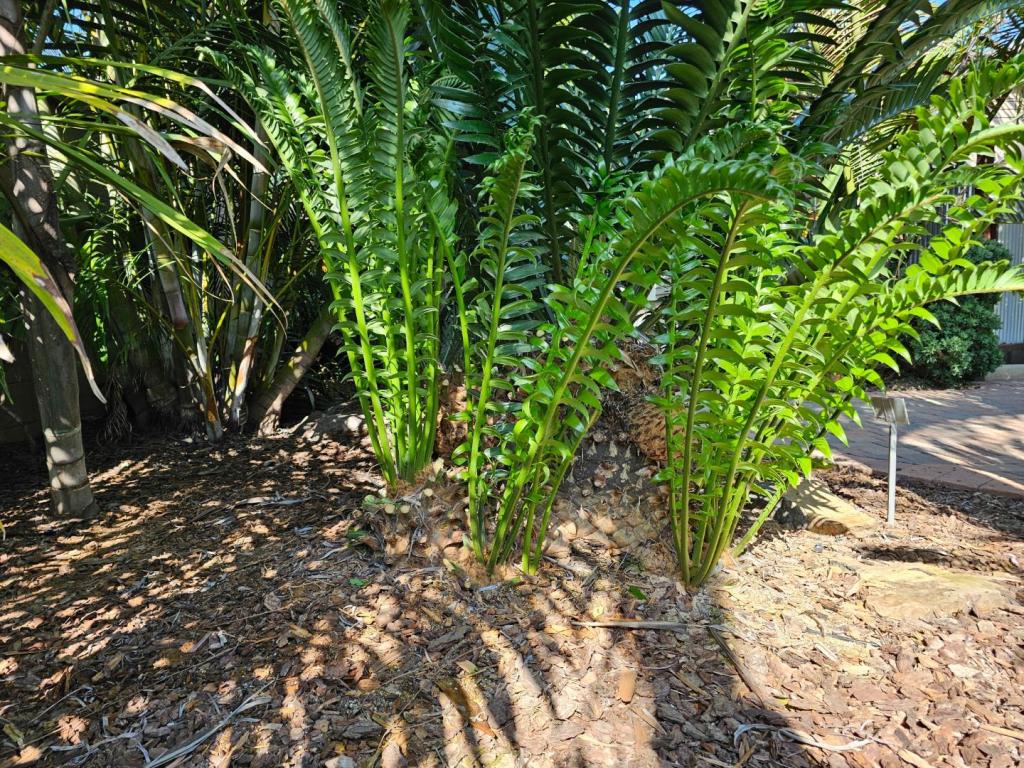







.thumb.jpg.f98e5066db1dec0358105c9c8eae8b39.jpg)

